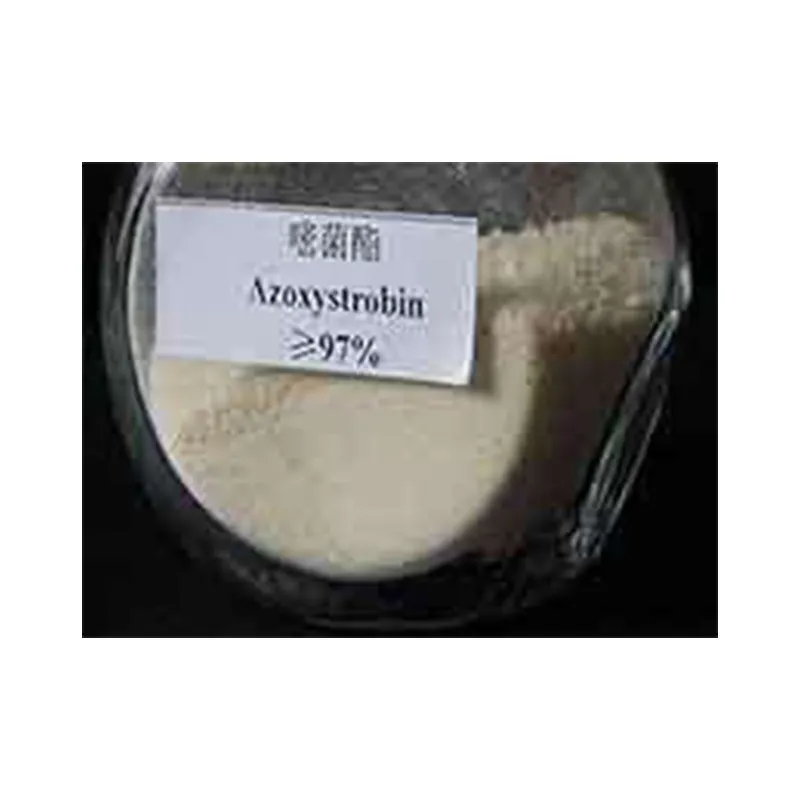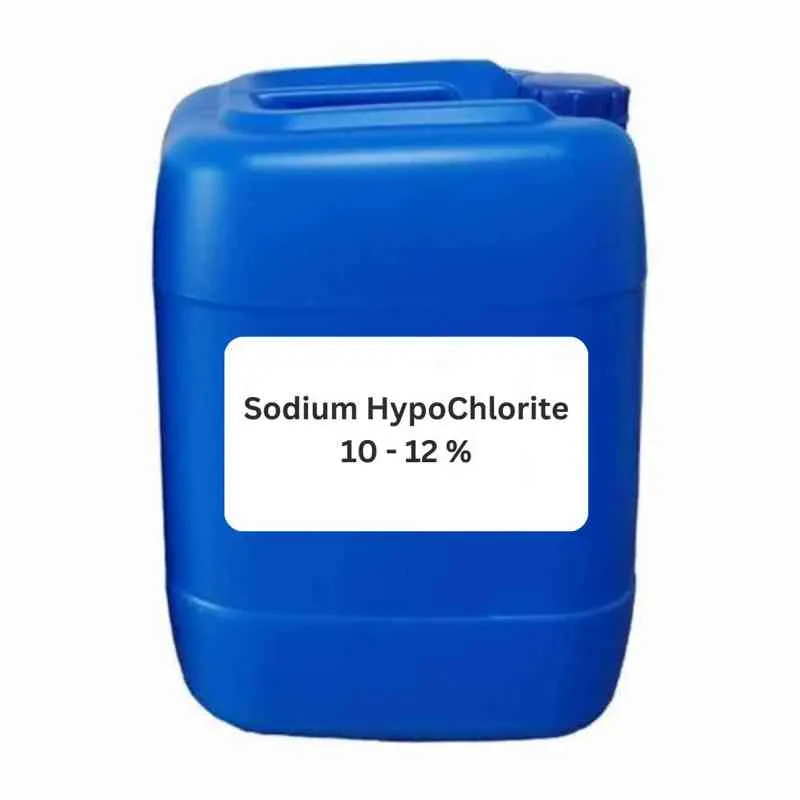

Nanomaterials Transform Numerous Fields
Nanomaterials can facilitate the creation of small-scale products and processes at the nanoscale. Some examples of the application of nanomaterials include electronics, nanomaterials can be used to produce faster and more efficient devices; in medicine, they can be utilized to develop targeted drug delivery systems; and in energy, they can improve energy conversion and storage.

Atrazine
Mar . 05, 2025 06:15
Back to list
Atrazine
Atrazine Herbicide A Comprehensive Guide for Optimal Agricultural Yield
Authoritative Perspectives on Atrazine Safety Leading agricultural and environmental organizations continue to evaluate atrazine's safety profile. Regulatory bodies such as the Environmental Protection Agency (EPA) have established maximum residue limits to ensure food safety. Their findings endorse atrazine’s use when applied according to label instructions, underlining the importance of compliance with safety guidelines. Scientific reviews underscore its low toxicity to humans and animals when handled appropriately. Nonetheless, farmworkers are advised to use personal protective equipment during application to prevent potential health risks. Regular training sessions conducted by agricultural extension services help impart best practices for handling and application, reinforcing safe use. Trustworthiness through Sustainable Practices Building trust in atrazine's use involves transparent communication with the public and continual research investments to refine application techniques. Research initiatives focus on developing low-dose formulations and slow-release variants that promise similar efficacy with reduced environmental impact. Collaborative efforts between manufacturers, agricultural professionals, and policymakers aim to balance crop productivity with ecological preservation. Atrazine's future in agriculture looks promising with advancements in precision farming technologies. GPS-guided systems and drone applications represent future methodologies that can optimize atrazine use, minimize waste, and accurately target problematic areas. In conclusion, atrazine herbicide, when utilized responsibly and within regulatory frameworks, offers indispensable advantages in modern agriculture. With a foundation built on experiential knowledge, expert application methods, authoritative safety assessments, and trustworthy practices, atrazine continues to support farmers in achieving optimal agricultural outputs while fostering sustainable environmental stewardship.


Authoritative Perspectives on Atrazine Safety Leading agricultural and environmental organizations continue to evaluate atrazine's safety profile. Regulatory bodies such as the Environmental Protection Agency (EPA) have established maximum residue limits to ensure food safety. Their findings endorse atrazine’s use when applied according to label instructions, underlining the importance of compliance with safety guidelines. Scientific reviews underscore its low toxicity to humans and animals when handled appropriately. Nonetheless, farmworkers are advised to use personal protective equipment during application to prevent potential health risks. Regular training sessions conducted by agricultural extension services help impart best practices for handling and application, reinforcing safe use. Trustworthiness through Sustainable Practices Building trust in atrazine's use involves transparent communication with the public and continual research investments to refine application techniques. Research initiatives focus on developing low-dose formulations and slow-release variants that promise similar efficacy with reduced environmental impact. Collaborative efforts between manufacturers, agricultural professionals, and policymakers aim to balance crop productivity with ecological preservation. Atrazine's future in agriculture looks promising with advancements in precision farming technologies. GPS-guided systems and drone applications represent future methodologies that can optimize atrazine use, minimize waste, and accurately target problematic areas. In conclusion, atrazine herbicide, when utilized responsibly and within regulatory frameworks, offers indispensable advantages in modern agriculture. With a foundation built on experiential knowledge, expert application methods, authoritative safety assessments, and trustworthy practices, atrazine continues to support farmers in achieving optimal agricultural outputs while fostering sustainable environmental stewardship.
Prev:
Next:
Latest news
-
Uncover the Benefits of Sodium ChlorateNewsJun.24,2025
-
Sodium for Sale: Your Essential ResourceNewsJun.24,2025
-
Raw Materials in Chemical IndustryNewsJun.24,2025
-
Potassium Hydroxide: Versatile Solutions for Your NeedsNewsJun.24,2025
-
Organic Pesticides and Chemical Raw Materials: Building a Sustainable FutureNewsJun.24,2025
-
Discover Premium Chlorine Tablets TodayNewsJun.24,2025
-
Zinc for Sale: Your Essential ResourceNewsJun.04,2025
Hot Products


















